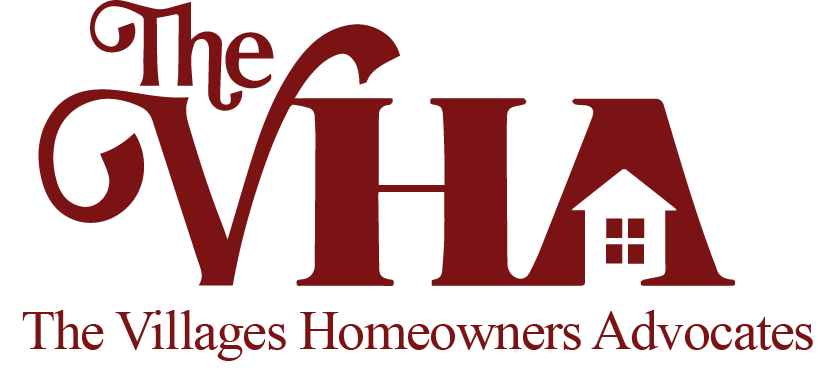Guide to Central Florida Weather
A Newcomer’s “In a Nutshell” Guide to Central Florida’s Summer Weather
Every area of our country has unique weather patterns and features that define what the locals wear, what they expect, and how they prepare for regional weather emergencies. Central Florida is no exception, and our summer weather is typically a grab bag of heat, humidity, rain, severe lightning, and the threat of hurricanes and tornados. Most of the time “at least you don’t have to shovel it” rings true, and being centrally located provides land mass protection from the most extreme weather events, but it is important if you are new to The Villages area to bone up on what to expect and how to be prepared “just in case”.
HURRICANES: NOAA’s outlook for the 2023 Atlantic hurricane season, which goes from June 1 to November 30, predicts a 40% chance of a near-normal season, a 30% chance of an above-normal season and a 30% chance of a below-normal season. NOAA is forecasting a range of 12 to 17 total named storms (winds of 39 mph or higher). To be prepared, have plenty of essentials on hand, watch the forecasts closely (being aware that predicting the exact path of a hurricane is rarely an exact science), then watch for ways to help those who are impacted the most; usually along the coastal regions.
Although it is wise to prepare for the worst with ice, water, food, toilet paper, and secure our homes and bring in objects that can become projectiles in high winds, the aftermath in our area is usually manageable and cleanup is done within days.
TORNADOS: The greatest number of Florida tornadoes occur in June, July and August. They are usually associated with the high winds created by hurricanes and thunderstorms. The Villages rarely sees these, although one did some major damage in February of 2007. About 1,000 homes in The Villages were damaged with Poinciana, Caroline, Mallory Square and Sabal Chase absorbing the brunt of the “Groundhog Day Tornado’s” punishment. Ultimately, it was responsible for eight deaths in the Lady Lake area. It struck at 3:00 a.m., so be sure to keep up-to-date on weather conditions 24/7 and know where to seek shelter either in an interior room in your own home, or at a public facility that has been designated for that purpose.
LIGHTNING: Len Hathaway, who has written on the topic of lightning safety for The VHA, offers these insights:
- Twenty -one homes have been destroyed in The Villages by lightning since 2004. It is one of the most underrated severe weather hazards and ranks as one of the top weather killers. Here in The Villages, we are living in “the lightning capital of the nation.” Florida typically ranks as the number one state in lightning deaths, injuries, and property damage each year.
- The National Weather Service (NWS) data shows that for our area we experience, on average, 80 thunderstorm days per year. According to local weather observers, we typically average about 108 days with thunder and lightning with their frequency ramping up in May.
- An integral part of the National Weather Service’s awareness campaign, WHEN THUNDER ROARS, GO INDOORS, is to wait 30 minutes after the last sighting of lightning or rumble of thunder to consider yourself safe. Lightning has been known to strike outside of the rain area from up to 25 miles away.
In conclusion, it will rain here during the summer months; often every day, and sometimes it will be raining cats and dogs where you are, and the sun will be shining a block away, or even on the other side of the street. Weather watching is a good hobby to take up, just for fun, but also because it’s a good way to stay safe and dry. One last tip: While it may be hot and humid outside, restaurants and stores seem to keep their AC cranked up to just below freezing, so in addition to keeping an umbrella with you, keep a sweater handy as well.
